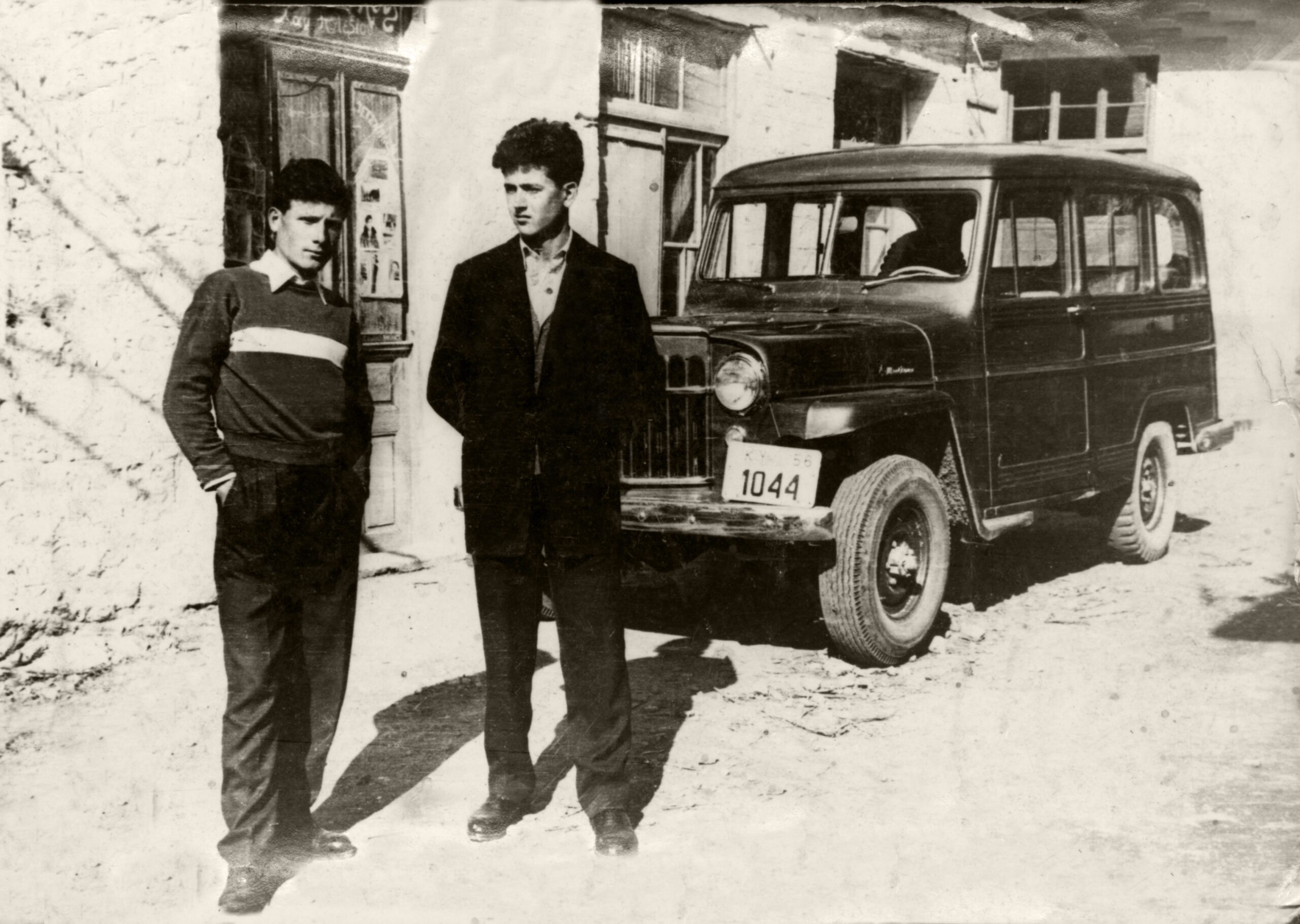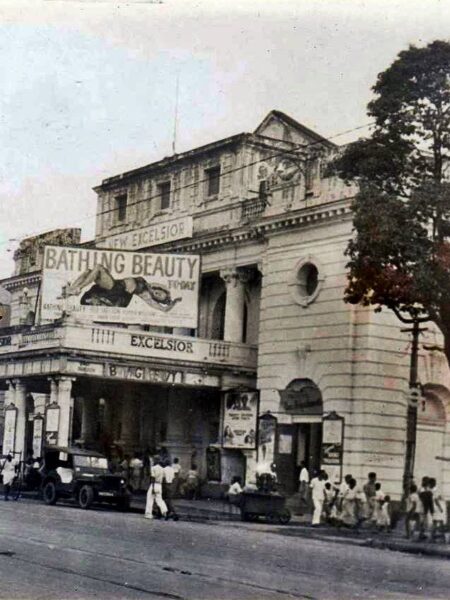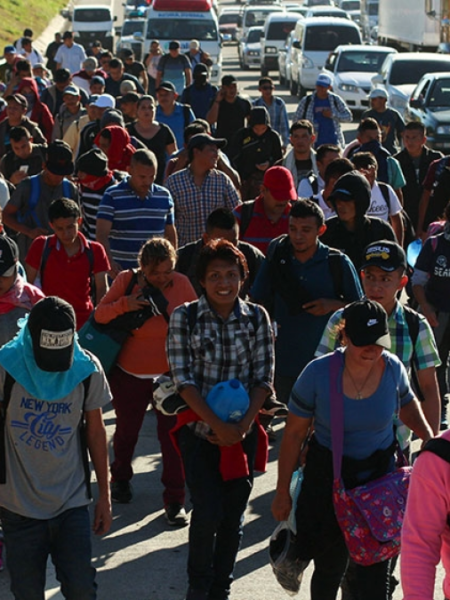Introduction
Kiryandongo Refugee Settlement is the main camp located in the Kiryandongo region, Uganda. It accommodated a number of foreigners from 1990 up to date. The foreigners were displaced from their original homeland due to internal and external pressure against them. The Settlement hosts different tribes with different languages, cultures, and religious beliefs. Over time, the different tribes emerged within the settlement negatively impacting the host community, and the main change over time that can be seen in the settlement is the development of infrastructure. This case study attempts to determine how, when, where and by whom the Kiryandongo Refugee settlement was formed and developed. It also seeks to determine the value of such a case study for the settlement’s residents.
Review of the literature
According to the reviews of the literature that are currently available, they have focused primarily on the effects of the Refugees’ migration to the host community. These left a gap on the subject of the formation of the settlement, which the case study aims to fill. Tania Kaiser, Joseph Kaboggoza, John Kibego, and Carrie Kintz are among the academics who have researched the history of the Kiryandongo Refugees Settlement.
The Formation of Kiryandongo Refugee Settlement
Carrie Kintz, a member of an open-eye group with the “purpose “ to accelerate the Gospel of Jesus Christ to the unreached and underserved with the “mission “ to equip local leaders called mobile messengers for evangelism church, planting, and Relief and development, found out in his research(Kintz, 2019,p.1) that the first utilization of Kiryandongo Refugees Settlement was in 1954 when the British colonial administration asked the Bunyoro Native Government to move Kenyan Refugees fleeing the Mau-Mau uprising as events (1952-1960).
Before arriving in Bunyoro, British explorers had spread derogatory, condemnatory ideas of the Bunyoro Empire. When they set out to establish a protectorate in the area, it was obvious that Uganda would make a good ally for indirect rule (African History Vol.9, No.4).
The Buganda Agreement, which was signed in 1990, codified the relationship between Buganda and the British and also strengthened Bunyoro’s position as conquered Kingdom
Ruth Blakeley’s research (Blakeley, 2009,p.80), the Mau-Mau uprising also known as Mau-Mau rebellion, Mau-Mau revolt, or Kenya Emergency was a war between the Kenya colony (1920-1960), the Kenya Land Freedom Army (K.L.F.A), and the British authorities.
The uprising led to the massive death of innocent Kenyans. Those who survived sought refuge in the Kiryandongo region for resettlement and the Land was given to them for a period of 49 years. Later, the region was left uninhabited when the war stopped in 1990.
According to John Kibego’s research (Kibego, 2014,p.1), Ugandan Government transformed the unoccupied land around Kiryandongo for the Acholi ethnic people fleeing the Sudan People’s Liberation Army from Parjok in South Sudan. Formally, the Sudan People’s Liberation Army (S.P.L.A) and currently the South Sudan People’s Defense Forces (S.S.P.D.F), is the Army of the Republic of South Sudan. In 1983, the SPLA was the key participant in the “Second Sudanese Civil War “, led by John Garang. They acted as a guerrilla movement against the Government of Sudan.
The Development of Kiryandongo Refugee Settlement
This sub-chapter focuses on and describes the development of the Kiryandongo Refugees Settlement from its social, political, economic, and as well as population size.
A scholar Joseph Kaboggoza based his research (Kaboggoza,2022,p.34-36), on Kiryandongo Refugees Settlement development on economic history and the population growth of the place.
According to him, the major economic activities carried out in the settlement are agricultural. The majority of the farmers depend on growing cassava, sweet potatoes, maize, beans, and G-nuts. Others grow rice and vegetables. Additional major activities in the Settlement are livestock rearing, fishing, and beekeeping.
Mulumba, an interviewee involved in Mr.Joseph Kaboggoza’s research interview, mentioned that the cash crops included are tobacco, coffee, and cotton. Animals kept are sheep, cattle, and goats.
Still considering the population growth of the settlement, the Kiryandongo district is said to be hosting a total of 67,700 Refugees and asylum seekers. And 277,444 population of the host community bringing the overall population of Kiryandongo to 332,144.
According to Tania Kaiser’s research (Kaiser, 2000,p.3-6), the review provides great knowledge on the development of Kiryandongo Refugees’ Settlement, the information about the social and political history. The Refugees were governed by the United Nations Organizations, and they are grouped under different leadership groups. Different tribes speak different languages in the settlement and impacted negative impacts on the host country, (B.Ajoba, 2020).
The causes of intertribal conflict in Kiryandongo were primarily brought on by social media users, incorrect information disseminated by techniques used to raise children who grew up and continued to learn poor values from their parents. And the primary evaluation in the community through time, that can be observed is the improved infrastructure, particularly the educational systems like schools were constructed (Windle international, shorthand stories. Com).
According to Joseph Kaboggoza, schools were built and constructed under Kiryandongo Refugee Settlement from Nursery to secondary level of education including vocational institutions with well-developed structures (Kaboggoza, 2022,p.33). An example of one of the schools is Panyadoli cell senior secondary school and among others.
Research Methodology
The purpose of this qualitative study was to survey the Refugee’s perceptions on the formation and development of the Kiryandongo Refugees Settlement based on the assumptions made about when, how, and who founded the settlement. This chapter shows how this qualitative strategy was implemented including a detailed method used to gather results. It also included the positioning assertion, selected population, and participant selection process and recruitment. The data plan used in this case study is explained and addresses the methods used in data analysis. The limitations and the risks are also discussed.
Positioning Assertion
Being a Refugee and one of the Kiryandongo Refugees in the settlement, I felt compelled to focus my research choices and project strategies on the establishment and growth of the Kiryandongo Refugees Settlement. All I knew was that the colony took a while to come into being; I had no idea when it was founded or how long it had been in existence, I’m interested in learning more about how the Kiryandongo Refugees Settlement came to be as a member of the Refugees community. The majority of the researchers who relied on the history of the Kiryandongo Refugees Settlement left the questions of the settlement’s founding father and its growth unanswered.
Participant Selection Process
All of the participants who took part in the interview came from the settlement, and 100% of them received information about the interviews that would be conducted and the interviews related to the case study. When time ran out, just 50% of the interviewees were able to successfully respond to the questions, and the remaining 50% didn’t keep their commitments due to personal reasons.
Consent and Release forms were provided for 50% of the participants to sign. Oral questions were posed to the participants, who subsequently responded. The solutions were written down in a notebook so they could be utilized later. In contrast to other questions, which required less than an hour per person to be asked and answered appropriately, it took an hour to collect enough information regarding the political situations of the settlement from each participant. Data was gathered using a qualitative research method.
Data Analysis
The methods for data analysis are recorded during the population selection, participation, and recruiting processes. The significance of having prior information on the settlement was alerted on the basis of the research’s goals and objectives.
Both internal and external sources served as the main sources for the data collection. Internal sources were based on literature evaluations made by various writers, and external sources were mostly obtained by conducting verbal interviews with camp residents and recording their responses in a notebook.
The first person I spoke with in the field provided me with additional details about how the Kiryandongo Refugee settlement was formed, but only the pertinent material that was pertinent to the objectives of my project was carefully recorded. The remaining information was crucial for the project’s concept, although the only purpose for which it was highlighted was to close a gap in knowledge on the history of the Kiryandongo Refugees Settlement.
Research findings
According to an interviewee, who is the former camp chairman cluster p reveals settlement developed with annual celebrations on June 20th, as Refugees Day.
And the first tribe group with the highest population was the South Sudanese who first came and settled in the region of Kitgum in 1989 where the Kiryandongo region which is being utilized was bushy later on when these Refugees who first settled around the Kitgum region emerged into the Settlement by 1990, destroyed the trees, and most of the bushes around.
These Refugee groups were received from the border by the Oxfarm organization into the Settlement. The consultation office was still set in the Masindi district by then. And the president who was in power was Yoweri Kaguta Museveni Tibuhaburwa who is the current president. Some of the group of Refugees were still in the Ajumani region in 1997 then later joined the Kiryandongo Refugees.
After the Oxfarm organization received people from the border, followed the International Rescue Committee (I.R.C), then immediately Interaid Organization followed. These Organizations mainly the Office of the Prime Minister (O.P.M) which is the government, grouped people into Centers 1,2,3, and many others. Then later on the grouped community was divided into large ranches ie ranch 1, ranch 18, and ranch 37. And the plots were divided for each family.
The settlement continued developing through these simple organizations of the social group of people in the camp. This was examined through the development of infrastructure for example Marrum roads were constructed, and small trading centers developed ie Molokony and Reception trading centers.
Houses were built and Refugees began farming plots. Organizations like Whitaker, DRC, Windle trust, Refugees Low projects, Save the Children, and Action against Hunger joined the settlement. UNHCR and OPM addressed land issues while the health centers were also built.
The existence of Windle Trust organization supported the education sectors before their coming, the Interaid Organization supported the education of the Refugees. At first, children started studying under trees and the first type of houses used were tent houses for temporary then later the settlement’s division into plots encouraged the construction of grass thatch houses. Some of the schools being constructed in the Settlement currently are; Arnol, Bidong, Victoria, Ematong, Chanrom, and Panyadoli Hill primary schools. And some of the secondary schools are Panyadoli and Kiryandongo High.
Later on, the Refugees found a great improvement in their ways of living and most of the Refugees ‘ children were born in the settlement due to longer stay in the camp.
According to an interviewee, who was the cluster leader of “P”, from 2004 to 2007 said that Refugees had good relationships with the host community with some having similar lifestyles. Scholarships were supported by organizations and churches, and the settlement included both the Muslim and the Christian communities.
Social services were conducted by the refugees themselves. Some of the Refugees became block leaders, receiving food from the organization and distributing it to fellow settlers. These communities were organized into clans, with approximately 10 distinct cultures present.
And former leader of the settlement who was well known by the entire settlement was the late Okech an Alur, the former camp Commanda.
One of the natural calamities that can be remembered clearly in the settlement was the occurrence of an earthquake around 2001.
Interviewee reports around 2002 tribal conflict between Acholi and Lotuko tribes, caused house burns and loss of lives, primarily due to parents ‘ negative ideas on youth joining the settlement for refuge purposes.
Youths were bribed to misbehave in the community, abusing and raping girls. The Acholi community organized a meeting to stop the brutal harassment. The Lotuko community, relatives of the victims, moved with Iron bars and pangas, leading to the war in Kiryandongo Refugees Settlement.
It took 3 to 4 days later the police came to take care of the rest of other people by arresting them. This is when the government got involved in taking care of other people, people were taken to Mukono University for teaching concerning good morals in the community as a Refugee citizens and recreating a friendship again among the misunderstanding group of people then the war was stopped.
The interviewee, a leader of the cluster “A”, estimated the Kiryandongo Refugees Settlement’s population size to be 120%, with 5,000 asylum seekers, 30,000 returning Refugees, and 68,000 registered Refugees.
Conclusion
The literature reviewed on Kiryandongo Refugees Settlement fills gaps in understanding the history, creating new knowledge, and uncovering hidden data. The case study of the project fills these gaps and contributes to the understanding of the settlement’s development. It is through these findings that the project goals are possibly being fulfilled and its objectives as well.
The literature reviews say that the settlement was either founded in 1954 or 1990 with great development from the start-up to date but the research findings reveal the truth that the settlement was officially founded in 1990 by the South Sudanese Refugees. And the settlement underwent gradual development in its state of Terrorism.
The founder of the Kiryandongo Refugees Settlement is clarified as the president who was in power in 1990 since the government was guided by the president. This is proved when the first refugee group was received from the border by the Oxfarm Organization and then handed over them in the hands of the Office of the Prime Minister (O.P.M)which is the government.
It is of benefit to the Refugee settlers to know more about the founder, year, and its progress from day one to date. This information is very important for the new generations who were born in the camp to know where their parents had been living with the type of lifestyles. It brings up a good history of their territory’s existence.
References:


- Kintz, Carrie (2019-01-08). “The History of the Kiryandongo Refugee Camp • With Open Eyes”. With Open Eyes. Retrieved 2020-02-22.
- Kaiser, Tania (October 2000). “UNHCR’s withdrawal from Kiryandongo: anatomy of a handover” (PDF). New Issues in Refugee Research. Geneva: UNHCR (32). ISSN 1020-7473. Retrieved 12 June 2016.
- Kibego, John (6 August 2014). “Uganda: Kenyan Refugees Demand to Go Home”. The Observer. Retrieved 5 December 2014.
- Kiryandongo Refugee Settlement Project”. Real Medicine Foundation. 2013-07-10. Retrieved 2023-05-01.
- Blakeley, Ruth (2009). State Terrorism and Neoliberalism: The North in the South. Routledge. ISBN 978-1-134-04246.
- “Bunyoro-Kitara Kingdom – Bunyoro-Kitara Kingdom (Rep. Uganda) – The most powerful Kingdom in East Africa!”. bunyoro-kitara.org. Retrieved 2022-02-05.
- Brian Raftopoulos and Karin Alexander (2006).peace in the balance: the crisis in Sudan. African minds.pp.12-13.
- Journal Article; Bunyoro and the British: A Reappraisal of the causes for the Decline and fall of an African Kingdom. M.S.M..Kiwanuka.

















